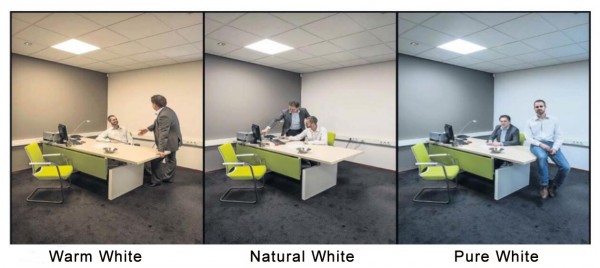The LED color that is healthiest for the eyes is usually white light that is close to natural light, especially neutral white light with a color temperature between 4000K and 5000K. Light with this color temperature is closer to natural daylight, can provide good visual comfort, and reduce eye fatigue.
Here are some suggestions on the effects of LED light color on eye health:
Neutral white light (4000K-5000K): This light is closest to natural light and is suitable for daily use. It can provide good lighting effects and reduce eye fatigue.
Warm white light (2700K-3000K): This light is softer and suitable for home environments, especially bedrooms and lounge areas, helping to create a relaxing atmosphere.
Avoid extremely pure light (above 6000K): Light sources with cool white light or strong blue light may cause eye fatigue and discomfort, especially when using electronic devices for long periods of time.
Reduce blue light exposure: Long-term exposure to high-intensity blue light (such as some LED lights and electronic screens) may cause damage to the eyes, so you can choose lamps with blue light filtering function, or use warm-toned lights at night.
In short, choosing the right LED light color and color temperature and arranging the lighting time reasonably can effectively protect eye health.
Post time: Apr-10-2025







